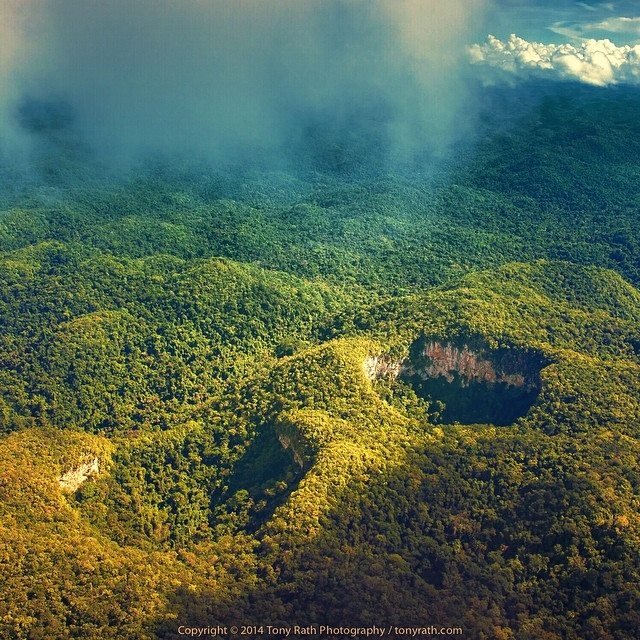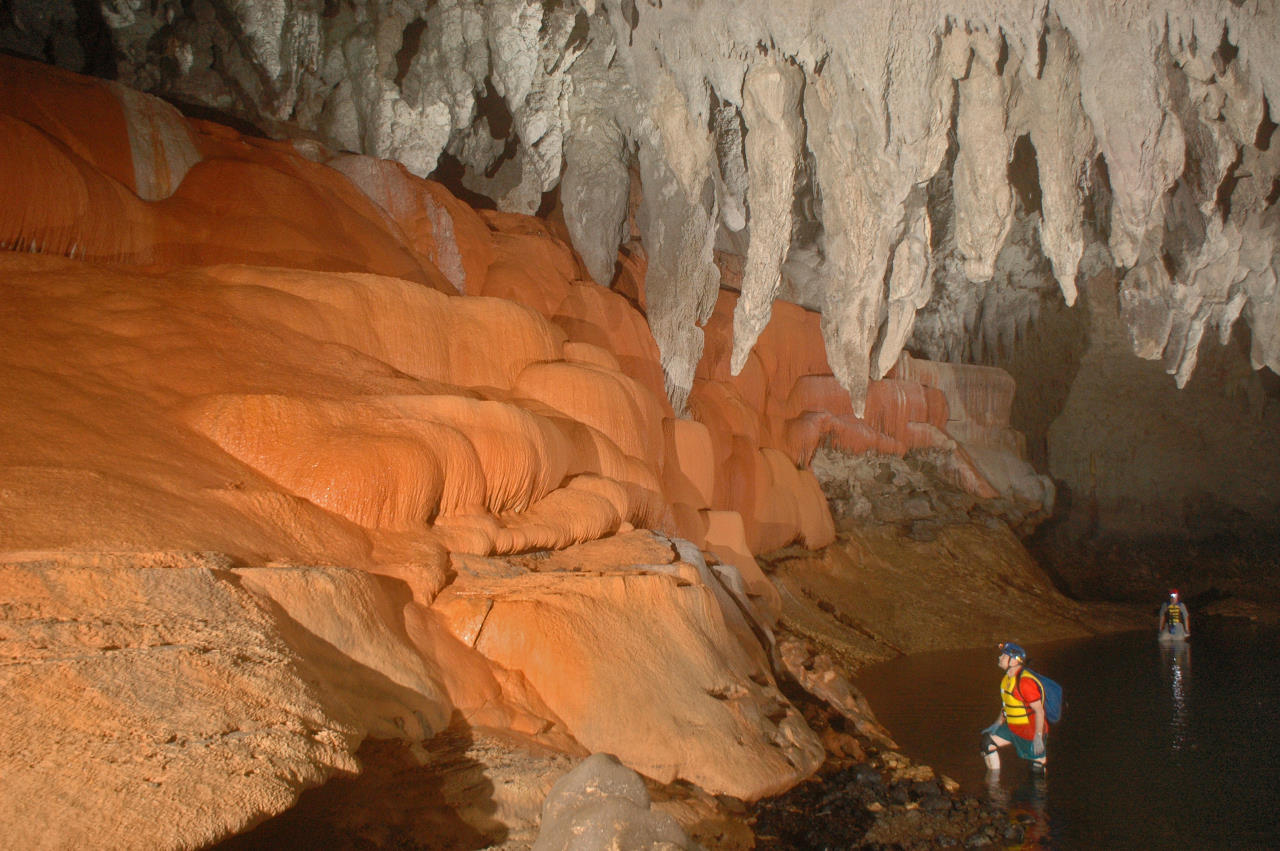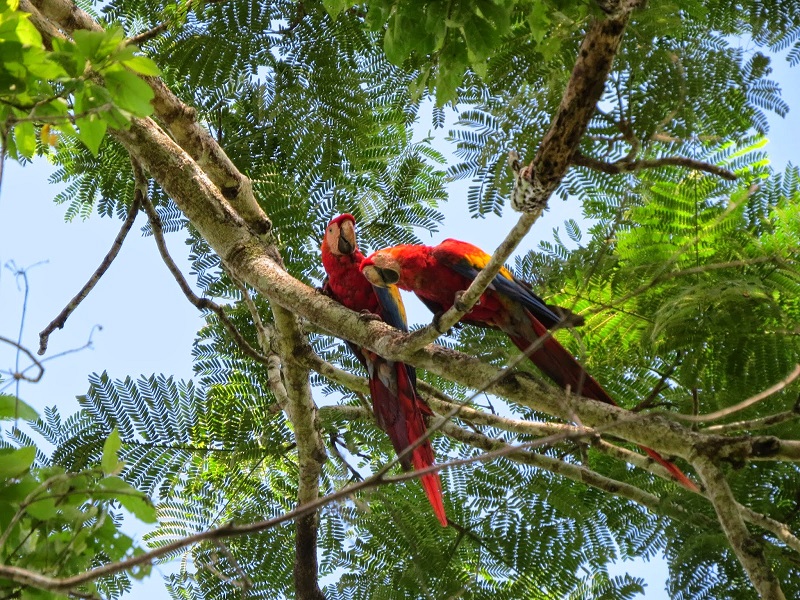Untamed Belize
Spotlight on the Chiquibul, Belize’s Rainforest Wonderland
First in a series of Belize’s Wilderness Treasures

Making up some eight per cent of Belize’s land mass, and over four times the size of Barbados, the Chiquibul national forest epitomises Belize’s Wild West.
Comprising 1,073 square kilometres, (414 sq mi) of rugged, pristine forest, the Chiquibul National Park contains The ancient Maya metropolis of Caracol, a Belizean wonder in its own right. And as the dense environment has daunted explorers for centuries, who knows what ancient Maya wonders are still waiting to be discovered?
Originally part of the Chiquibul Forest Reserve, which was marked out in 1956, the park was set aside after intense lobbying by conservationists in 1991, with the current borders drawn up in 1995 to protect the area and ensure that Caracol remained surrounded by a park. Thanks to such forward thinking action, the area has been saved from much of the ecological depredation seen in neighbouring countries.
However – and there always seems to be a however when it comes to the environment – illegal incursions by foreign nationals seeking to harvest gold, game, lumber, xate palm leaves, and other valuable natural resources are increasingly becoming a problem. But more on that later.
Even with these unfortunate incursions, the Chiquibul isn’t much different than it was when the ancient Maya were busy settling the area and hunting for game, plants, minerals and construction materials. The forest also contains the longest cave network in the Americas; the sprawling Chiquibul Cave System, carved out of limestone by the Chiquibul River, which flows though Belize, goes underground through the cave system and resurfaces in neighbouring Guatemala.

The same flora and fauna that attracted the Maya centuries ago still abounds within the Chiquibul. Tapirs, monkeys, Ocellated turkeys and other animals put food on the table, while the many birds including scarlet macaws, parrots and motmots joined ocelots, jaguars, margays and other animals for the supply of materials to fashion prized adornments.

The Chiquibul’s rich biodiversity is legendary, and continues to attract botanists and other researchers looking for undiscovered species. One botanist in 1993, for example, discovered 130 plant species never before recorded in Belize, three of which had never been reported in Central America.
Who knows what else awaits?
As we’ve reported previously, LiDAR, drones and other new technologies are showing great promise in revealing potential archaeological treasures hidden beneath the forest canopy Technology Meets Archaeology in Belize, 5 August 2014.
Some explorers even suggest that, given the presence of gold in the Chiquibul, the legendary Eldorado may be hidden away in the previously impenetrable forest.
In fact, as mentioned above, gold is actively sought in the Chiquibul today, presenting a major environmental, border security and law enforcement problem for Belize.
The Chiquibul borders Guatemala, and for generations people have been illegally crossing the border to hunt and harvest xate leaves, pan for gold and cut timber.
Xate fronds, which can stay viable 45 days after cutting, are prized by the floral industry for use in arrangements, and are so prized that an estimated 400 million xate stems are imported into North America and Europe each year, with an estimated 30 million fronds exported to the US and Canada for Palm Sunday alone. With no known plantations in existence, the only source of the plants is the wild, and as the forests of Guatemala and Mexico become depleted, xateros are venturing further afield into Belize, causing significant ecological damage.
Along with increasing numbers of people panning for gold and logging the valuable timber species found in the Chiquibul, Belize Defence Force personnel have their hands full trying to protect this immense yet fragile resource.
We’ll be posting more about the problem of xate, gold and timber harvesting, as well as efforts to contain it, at a later date. For now, it’s enough to highlight the efforts of the Belize government, NGOs such as Friends for Conservation and Development and others in protecting this beautiful, vast and delicate natural paradise that makes up such a large part of Belize.
With careful management, the Chiquibul will be around for thousands of years into the future, providing our children’s children and their offspring with a living example of how the world looked before the first people ventured into it.